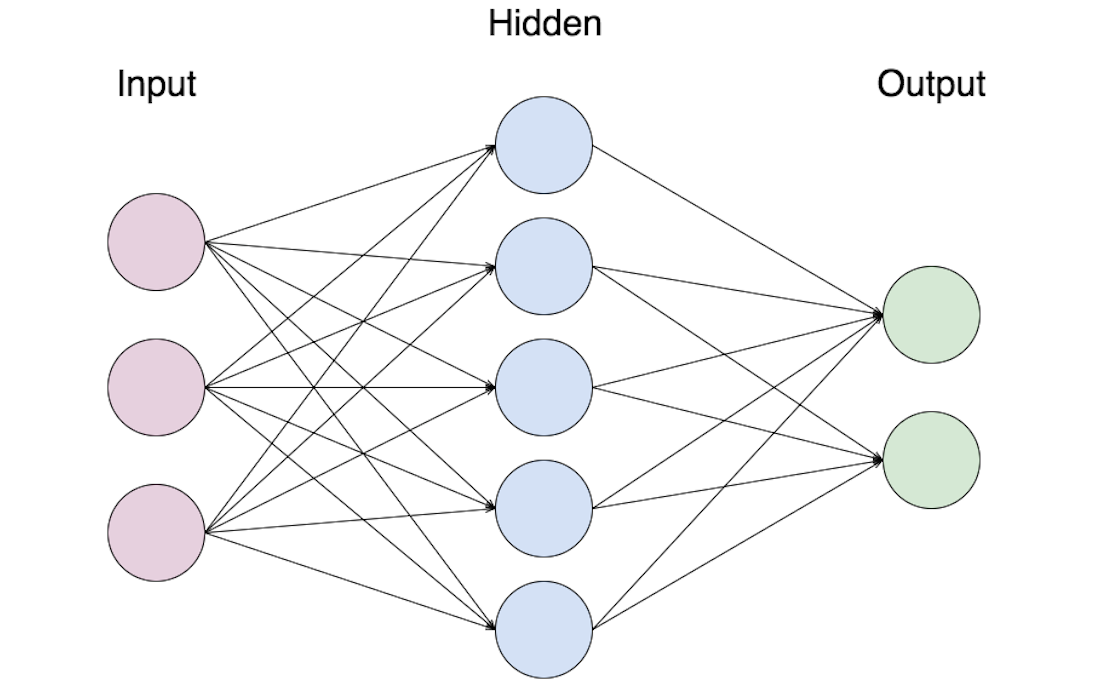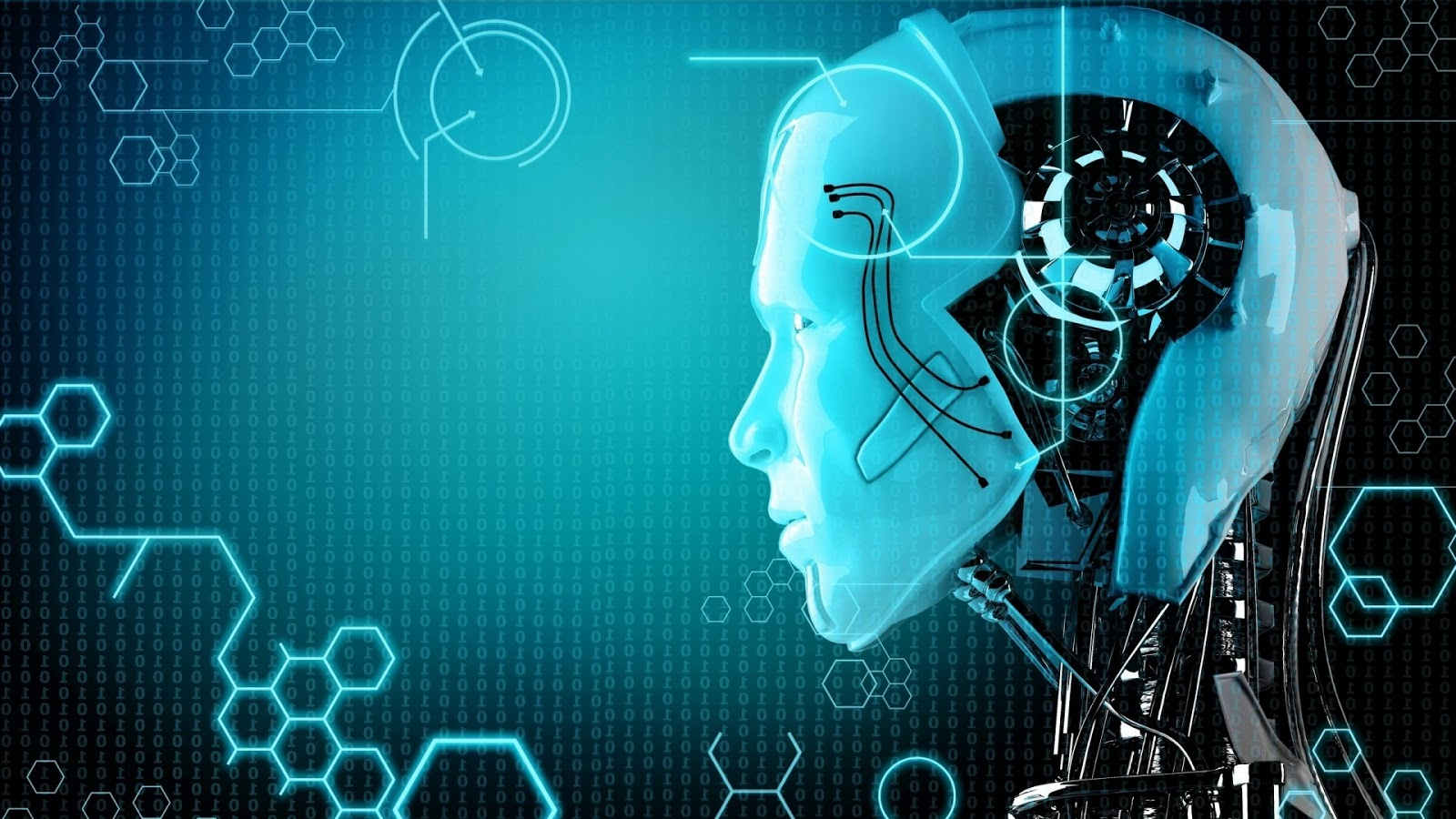What do you think when you as a human look at a world?
We can easily tell what there in the world its color, shape, size, texture…everything.
But How?
Human brains has visual areas in visual cortex which are responsible for detecting motion, stereo, edges, color, texture segregation, segmentaion and so on.
Now the question is how do we enable machines view the world as we humans do, perceive it in a similar manner and even use the knowledge for multiple tasks such as Image and Video Classification, Segmentation, image generation, Recommendation…and so on. The answer is Computer Vision one of the many fields in Artificial Intelligence.The advancements in Computer Vision with Deep Learning has been constructed and perfected with time, primarily over one particular algorithm — a Convolutional Neural Network.
Convolutional Neural Networks
(CNNs) are analogous to traditional ANNs.
In the ANNs the input is goes through series of hidden layers. The layers are consist rather they are made of set of neurons and all layers are fully connected to the neurons of previous layer. The only notable difference between CNNs and traditional ANNs is that CNNs are primarily used in the field of computer vision.

Artificial Neural Network
Why not ANNs for image related tasks?
Well, the answer is simple
- Hardware Dependence i.e high computational power required.
- CNNs tends to give better accuracy than ANNs.
But why does it matter? Surely we could just increase the number of hidden layers in our network, and perhaps increase the number of neurons within them?
The simple answer is NO. There are two reasons,
- we do not have unlimited Computational Power and time to train these huge ANNs.
- The second reason is stopping or reducing the effects of Overfitting. Overfitting is basically when a network is unable to learn effectively due to a number of reasons. Overfitting when model learns noise present in training data to the large extent and it negatively impact on our performance. Overfitting can also happen when we have less amount of data for our model to train on.
#convolutional-network #data-science #machine #computer-vision #neural-networks
